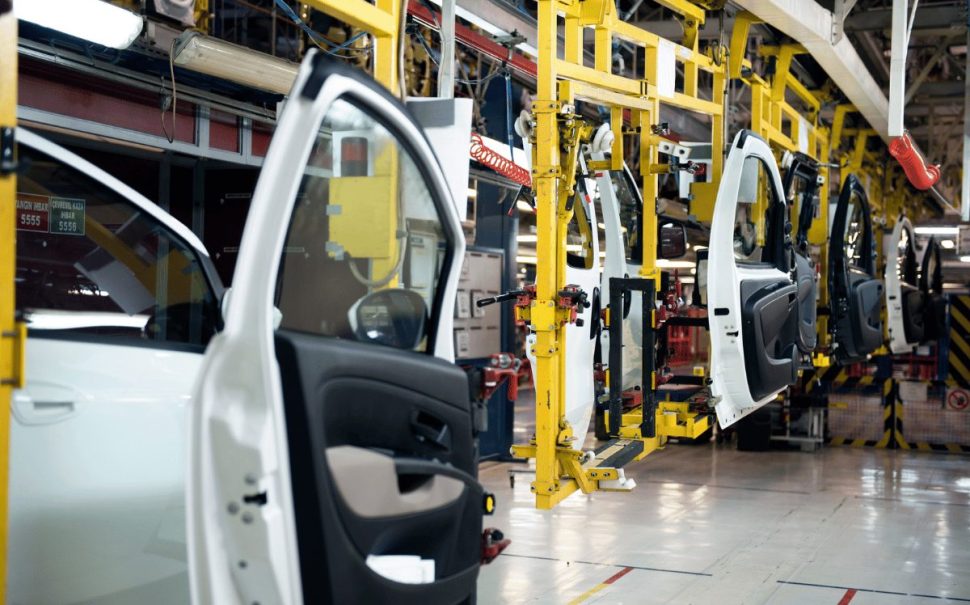In recent years, the automotive industry has undergone a crazy transformation, fuelled by a range of innovative technologies.
This elevation not only changed the way we drive and collaborate with vehicles, it also revolutionised the concept of car showrooms and the privileges associated with them.
From virtual showrooms to simply connected cars and slight monitoring, the automotive landscape is being reshaped by these innovations.
One of the most dramatic changes to the automotive retail experience is the introduction of smart showrooms.
Traditional auto showrooms have long been represented by rows of parked cars under bright lights and the smell of new leather filling the air.
However, smart showrooms are now reconsidering the way potential buyers discover and experience vehicles.
Virtual showrooms, powered by Augmented Reality (AR) and Virtual Reality (VR), allow customers to interact with 3D car models, customize features and even test drive virtual cars.
This immersive experience not only saves time, but also allows customers to get a real feel for the vehicle before making a purchase.
Integration of smart devices
In addition, the integration of smart devices has become a constitutional part of the modern showroom experience.
Automakers are harnessing the capabilities of smartphones and tablets to improve the customer journey.
With the mobile app, potential buyers can use their device to scan a QR code, providing detailed information about the vehicle they are interested in.
This integration bridges the gap between the physical and digital realms, giving customers a deeper understanding of the vehicle.
Connected cars
Connected cars have changed the game in the automotive landscape.
These vehicles are equipped with an Internet connection, which allows them to communicate with other vehicles, infrastructure and external services.
The Internet of Things (IoT) concept has found its path into the automotive industry, paving the way for a smarter and more convenient driving experience.
Connected cars can provide real-time traffic updates, weather forecasts, and navigation aids.
This not only improves driver comfort, but also contributes to road safety by allowing vehicles to communicate with each other and avoid potential hazards.
Remote monitoring in the cars
One of the most exciting aspects of connected cars is the remote monitoring and services they provide.
Using telematics systems, manufacturers can remotely diagnose problems, monitor vehicle performance, and even update software.
This proactive approach to vehicle maintenance reduces the frequent need to visit service centres, saving car owners time and money.
For example, the advanced braking system or an ABS sensor shows the driver a perfect solution, as a key component responsible for preventing wheels from locking during heavy braking.
It can be monitored virtually, alerting drivers and service centres when preservation is required.
Speaking of them, ABS sensor information taken from studentlesson.com is always worth it.
The sensor is a basic part that helps prevent the wheels from locking up when braking sharply, improving the vehicle’s stability and controllability.
As part of a larger wave of innovation, ABS sensors have also evolved.
Today’s modern sensors are equipped with advanced technology that not only monitors wheel speed, but also integrates data from other vehicle systems.
This integration allows the sensor to more accurately respond to varying road conditions, enhancing braking performance and overall safety.
Conclusion
Innovations in smart showrooms, connected cars and services are not only redefining the way we interact with vehicles, but also the way the auto industry operates.
Manufacturers are investing archly in research and development to continue pushing the boundaries of what is possible.
As electric and independent vehicles become more common, these innovations will play an even larger role in shaping the future of transportation.
The automotive industry is going through a remarkable conversion driven by innovation.
Looking to the future, it is clear that innovation will continue to drive the automotive industry forward, adjusting the way we buy, drive and maintain vehicles for years to come.




